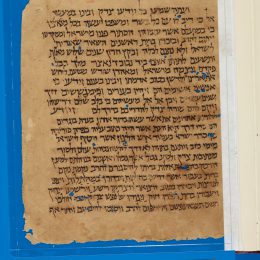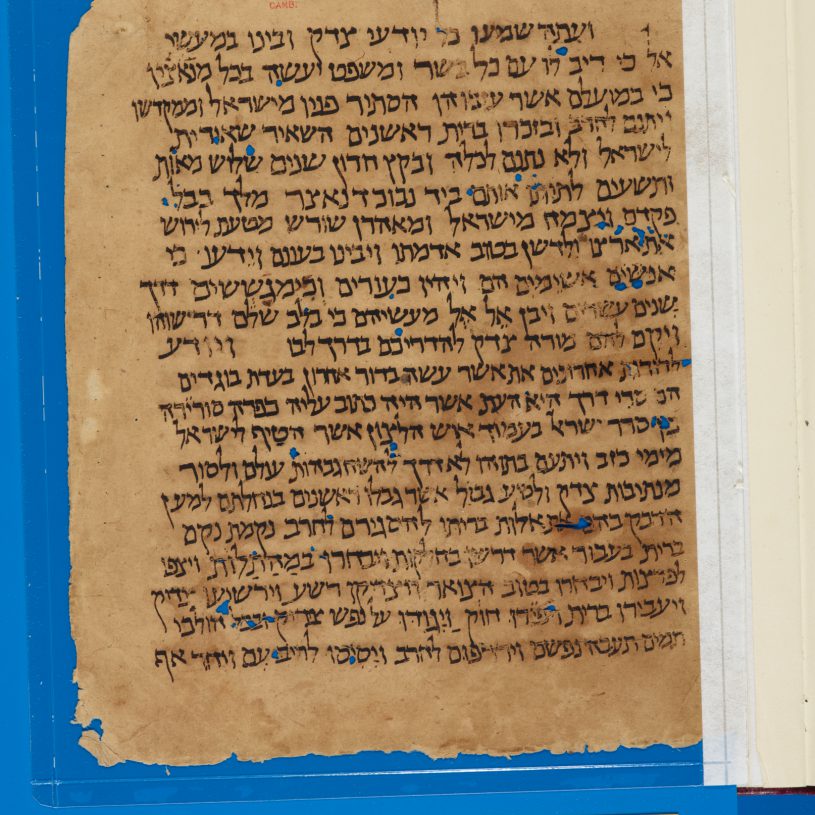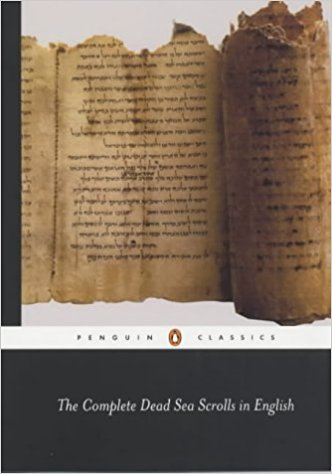Exploring the world of art, history, science and literature. Through Religion

Welcome to TreasureQuest!
Look through the treasures and answer the questions. You’ll collect jewels and for each level reached, earn certificates.
How far will you go?
You need an adult’s permission to join. Or play the game without joining, but you’ll not be able to save your progress.
As one of the Dead Sea Scrolls, the Damascus Document throws light on the different groups that existed in ancient Judaism.






Are there links to current religious practices or a modern equivalent?
As this manuscript deals with a specific religious group in antiquity, there are no modern equivalents. However, the language used in the manuscript of separation from others, concerns about maintaining purity, and attacks against opponents, are common themes in many religious traditions. Not all take it to the extremes of moving to the wilderness, but seclusion or living in the wilderness has been a common practice in many traditions. It shows how religious groups can identify themselves through opposition to others.

Where is it from, where is it now?











 The Complete Dead Sea Scrolls in English
The Complete Dead Sea Scrolls in English  Faculty of Divinity
Faculty of Divinity